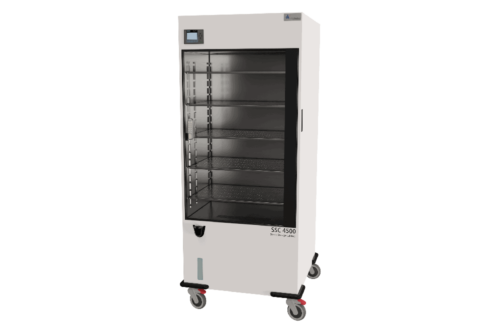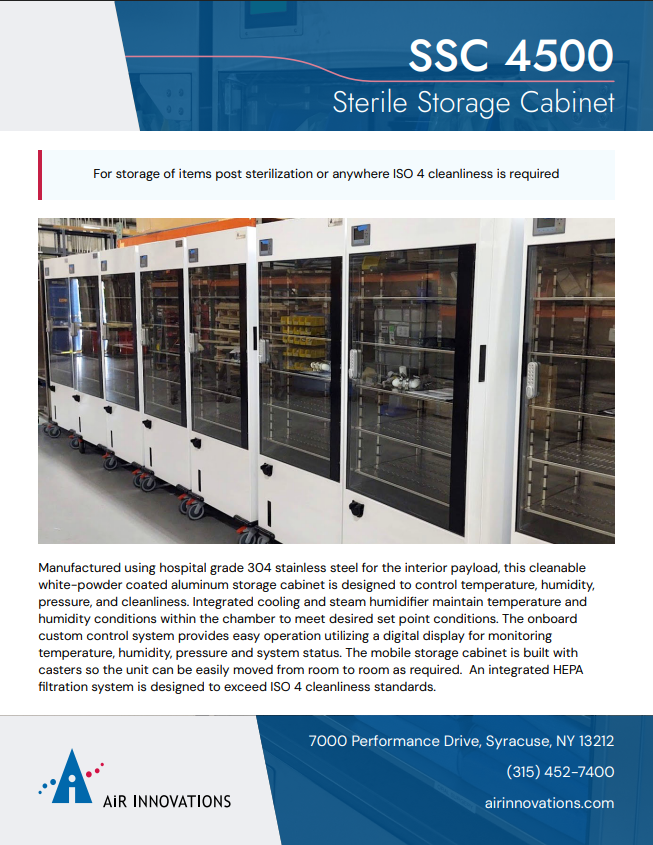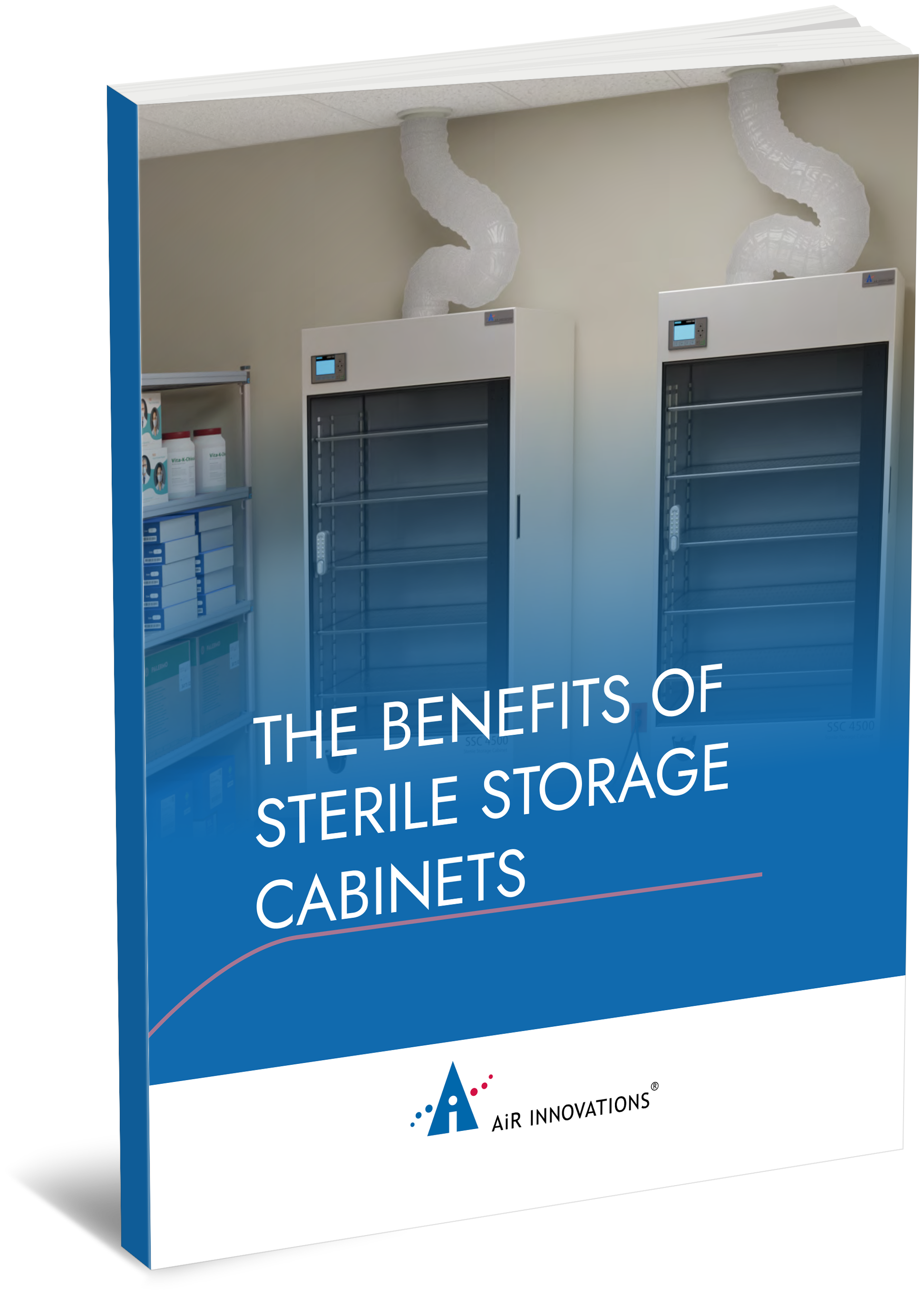Tag: Healthcare
It is incumbent on hospitals and other medical facilities to maintain sterility wherever needed to keep patients and staff safe. This goes for operating and exam rooms. Healthcare institutions must also safely store surgical scrubs, head covers, sterile surgical implants, equipment, and medication. The goal is to protect these items from contaminants like dust, viruses, and bacteria so they don’t harm patients or cause equipment failures.
Experts, like the Centers for Disease Control, share protocols for cleaning, packaging, and transporting medical implements, equipment, and inventory.
When it comes to sterile storage, precision temperature, humidity, and airflow are vital to protect patients from infections and bacteria. Climate control also prevents decay and increases the shelf life of stored goods. The Association of perioperative Registered Nurses (AORN) offers comprehensive best practices for sterilization.
According to ARON guidelines on sterilization:
- Temperatures should not exceed 72℉ (22℃) to 78℉ (26℃) in rooms or cabinets storing sterilized items.
- Relative humidity should not exceed 60%.
- Airflow should be positive pressure with at least four total air changes per hour.
Sterile medical supplies should not be stored under sinks where they might be exposed to water. According to the CDC, sterile items should be kept 8 -10 inches from the floor, at least 5 inches from a ceiling, 18 inches from a sprinkler head, and 2 inches from an outside wall to permit adequate air circulation. AORN recommends sterile items be stored in closed cabinets or covered carts to reduce the risk of contaminating items.
Benefits of Sterile Storage Cabinets
Covered carts may be sufficient in some applications, but they are not designed to regulate temperature or humidity. If medical supplies are exposed to high temperatures, certain materials degrade, and seals can break. Moisture compromises fibrous materials and creates a breeding ground for microorganisms, which is especially problematic when items are stored on covered carts for long periods or accessed irregularly. Facilities can protect against these risks through ventilated storage cabinets with climate control functionality.
Medication, point of care, and other types of covered carts can also not regulate pressure or filter out potentially life-threatening bacteria or infections.
A Portable Solution
Air Innovations designed a sterile storage cabinet with temperature and humidity control, positive pressure, HEPA filtration, and ventilation precise enough to meet rigorous industry standards. The cabinets have integrated cooling, steam humidification, and HEPA filtration to maintain a pristine environment. Bottom casters and a 120V hospital-grade, ten-foot-long plug-in cord make the cabinets portable.
The SSC4500 sterile storage cabinets are used in hospitals and private practice offices. They are also helpful when upgrading medical facilities with reliable climate control storage or wherever access to sterilized personal protective equipment is needed. Facilities and hospitals can experience the benefits of a cleanroom without the resources that go into retrofitting an existing space.
Adhere to Strict Protocols
Regardless of where equipment and supplies are stored, it is essential to develop strict policies to ensure that medical supplies are preserved until they are needed. The CDC also advises medical personnel to inspect wrapped sterilized instruments before they are used in case they have been compromised.
Note: The SSC4500 is not intended for use in the diagnosis of disease or other conditions or in the cure, mitigation, treatment, or prevention, of disease in humans or in other animals.





